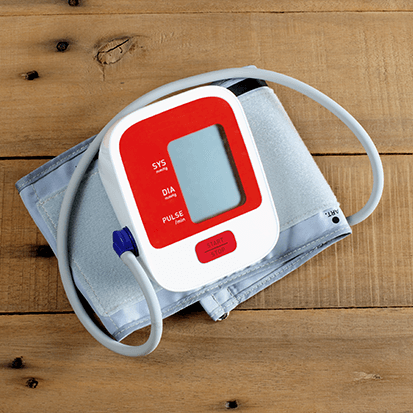All Categories
Featured
Table of Contents

Regular eye evaluations are essential for preserving excellent vision and detecting possible eye wellness issues early. The frequency of these examinations can differ significantly based on a person's age, way of living, and total wellness. Comprehending the advised schedule for eye examinations can aid make certain that individuals of all ages get proper care and monitoring for their eye wellness.
Newborns and Toddlers (0-2 Years)
For babies and young children, eye examinations are essential for identifying any potential vision problems early. The American Academy of Ophthalmology suggests that a child's initial eye examination must occur at around 6 months old. During this first go to, the eye care expert will certainly assess the youngster's aesthetic advancement and look for any kind of apparent eye concerns.Following this very first exam, it is recommended that children have one more eye exam at age 3. This check out will focus on assessing the youngster's overall visual feature, consisting of eye alignment and the capacity to track items. If no concerns are identified, the following examination must be set up before the youngster starts college, usually around age five or 6.
School-Aged Kids (6-18 Years)
Routine eye examinations need to be scheduled every one to two years as soon as kids reach institution age. Vision is critical for learning and growth, and several colleges conduct vision testings. However, these screenings do not replace a comprehensive eye examination by an eye care expert.For kids associated with sports or tasks needing significant aesthetic focus, yearly eye examinations might be suggested. Additionally, if a youngster shows signs of vision problems-- such as problem reviewing, scrunching up your eyes, or frequent frustrations-- a check out to the eye physician must be scheduled immediately.
Young Person (19-39 Years)
Youthful grownups typically have fewer vision adjustments than older age, but normal eye exams stay important. The general referral is to set up an eye test every 2 years throughout this period. Nonetheless, people with specific risk variables-- such as a household history of eye condition, diabetes mellitus, or those who wear get in touch with lenses-- should think about annual eye exams.Additionally, those that spend considerable time on digital tools may experience digital eye pressure. If signs such as dry skin, fatigue, or blurred vision occur, it may be smart to see an eye treatment professional earlier.
Adults (40-64 Years)
Grownups aged 40 to 64 should schedule eye tests every one to two years. Eye exams can also assist discover various other usual age-related conditions such as glaucoma, cataracts, and macular deterioration.If people in this age have threat factors such as high blood pressure or diabetes mellitus, they might call for even more frequent assessments to check their eye wellness closely.
Seniors (65 Years and Older)
For seniors, regular eye tests end up being a lot more vital. The American Optometric Association advises that people matured 65 and older have an eye test a minimum of when a year. Older grownups go to a higher threat for different eye conditions, including cataracts, glaucoma, and age-related macular degeneration. Early discovery and treatment of these problems can prevent vision loss and boost the lifestyle.Verdict.
Understanding the proper timetable for eye tests based on age is vital for preserving optimal eye health throughout life. By sticking to these guidelines and seeking advice from with an eye treatment professional, people can take proactive steps toward preserving their vision and overall health.Table of Contents
Latest Posts
A Historical Shoreline Location with Modern Delights
Published en
1 min read
A Historical Coastline Destination with Modern Thrills
Published en
1 min read
Choosing the Right Location: What to Think about for Wedding Celebrations, Seminars, and Events
Published en
1 min read
More
Latest Posts
A Historical Shoreline Location with Modern Delights
Published Apr 17, 25
1 min read
A Historical Coastline Destination with Modern Thrills
Published Apr 04, 25
1 min read
Choosing the Right Location: What to Think about for Wedding Celebrations, Seminars, and Events
Published Mar 09, 25
1 min read